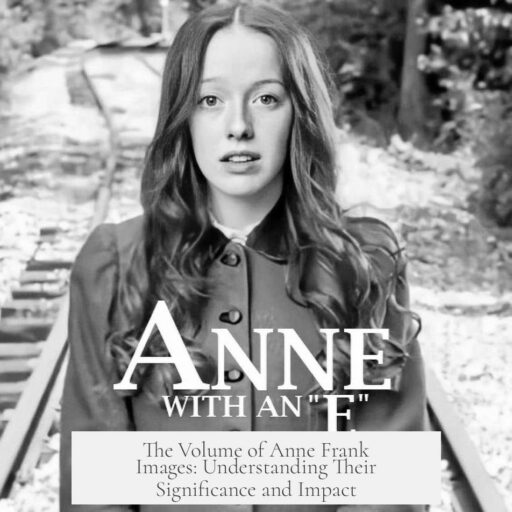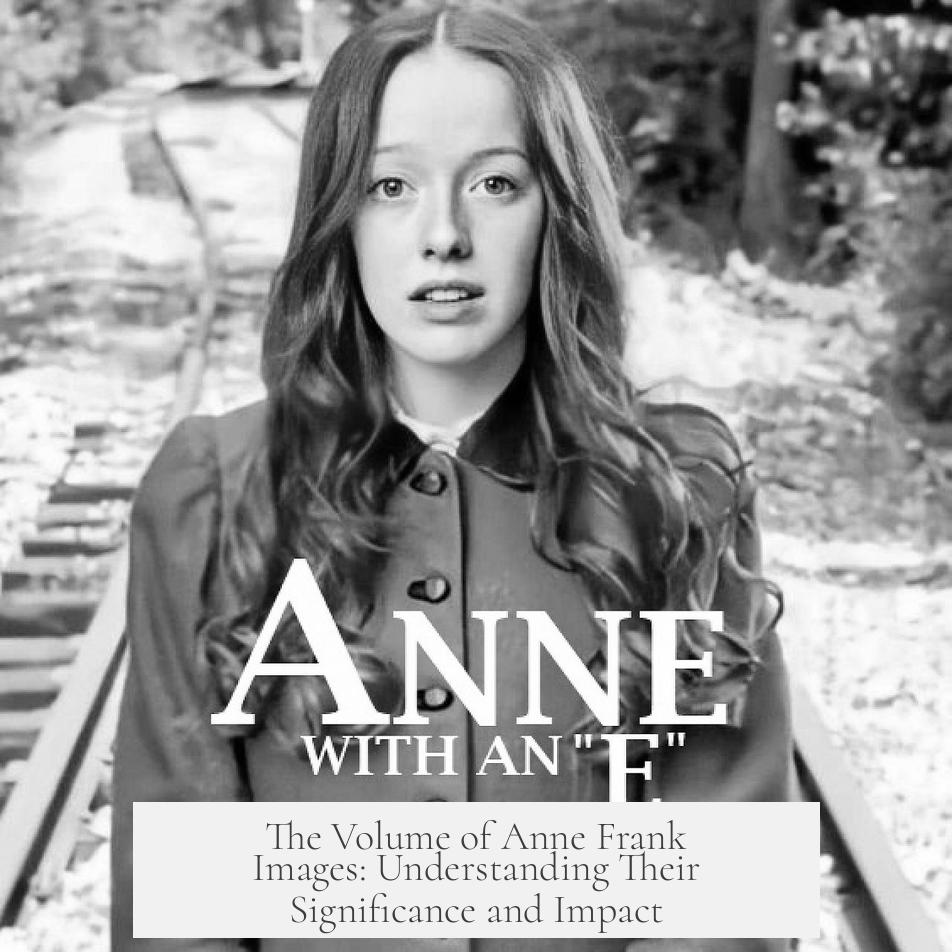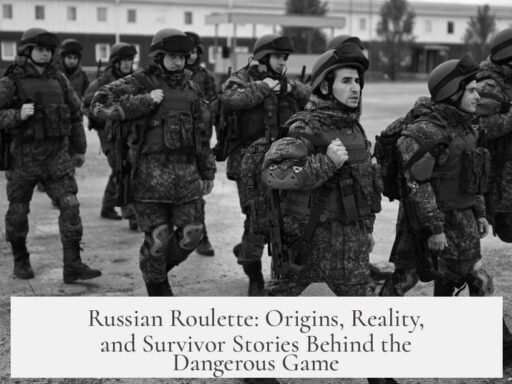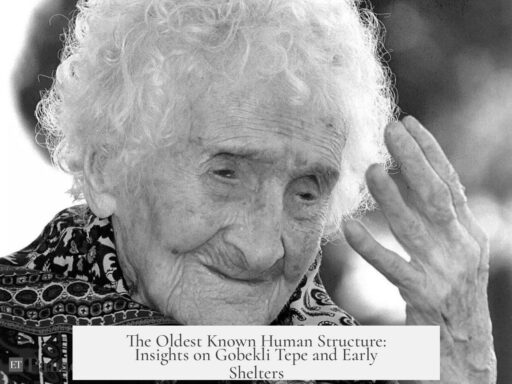There are many pictures of Anne Frank because Otto Frank, her father, loved photography and had the opportunity to take numerous family photos before going into hiding.
Otto Frank enjoyed photography as a hobby. He often captured moments with his family, especially during the years leading up to their time in hiding. Photography was common among middle-class families in Germany and the Netherlands during that era. As a family with some financial means, the Franks owned cameras and film, allowing them to produce many photographs.
The Frank family belonged to the assimilated middle class and emigrated to the Netherlands in 1933. Their economic status gave them access to popular leisure activities like photography before Nazi restrictions on Jews tightened. Between 1940 and 1942, the Nazis gradually imposed limitations on Jewish rights, including restrictions on photography. Until then, Otto had the chance to take, develop, and keep photos.
After the Frank family went into hiding in the Secret Annex, they could not take photos. However, when the eight individuals were arrested in 1944, trusted helpers—Miep Gies, Bep Voskuijl, Jan Gies, and warehouseman Van Maaren—entered the annex. They recovered photo albums containing many pictures of Anne and her family. These preserved albums contributed to the wealth of visual records available today.
These photos capture everyday moments, showing Anne Frank as a child and teenager. Because of Otto Frank’s passion for photography and the family’s relative stability before hiding, there is a rich collection of images. These pictures provide a personal dimension to Anne’s story beyond her famous diary.
- Otto Frank’s photography hobby led to many family photos.
- The Franks’ middle-class status allowed access to cameras and film.
- Photography was popular in the interwar middle class.
- Gradual Nazi restrictions limited Jewish photography after 1940.
- Helpers recovered photo albums after the family’s arrest.
Why Are There So Many Pictures of Anne Frank?
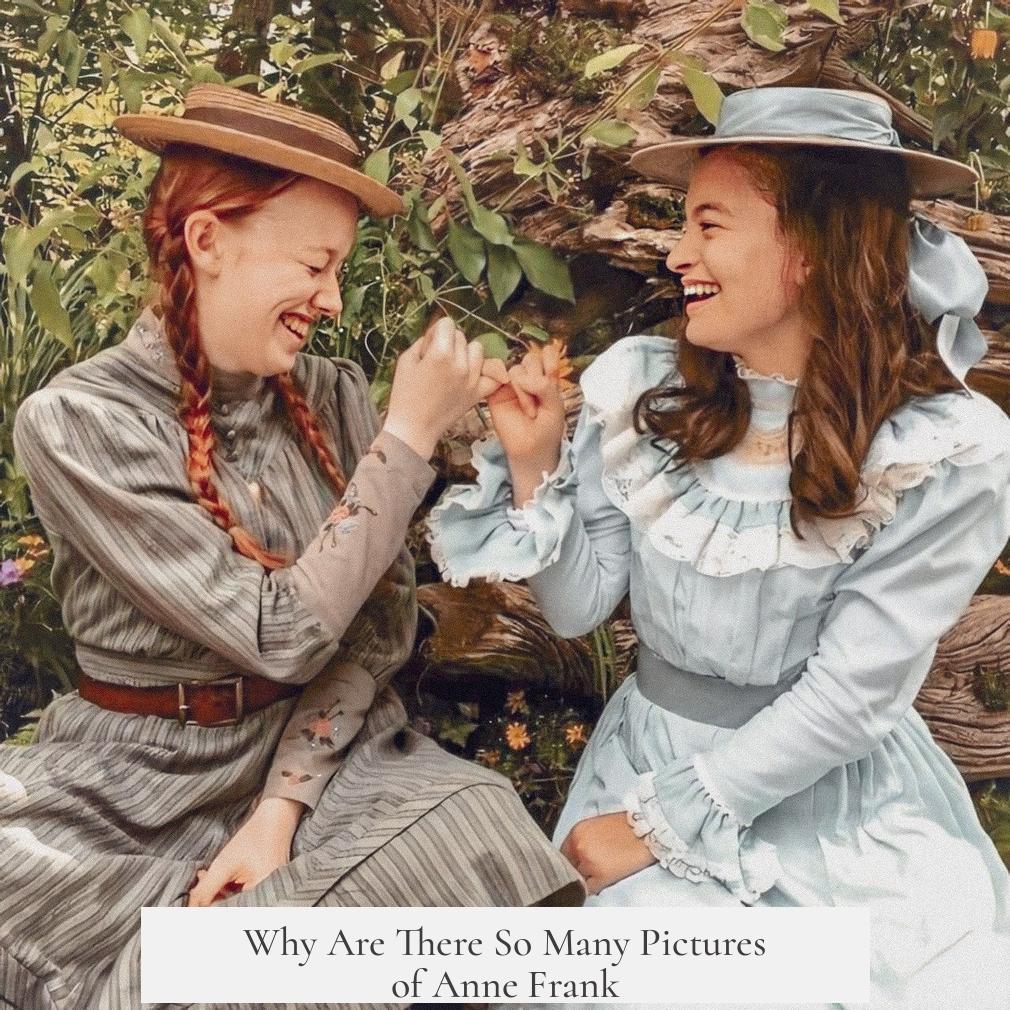
Simply put, there are so many pictures of Anne Frank because her father, Otto Frank, absolutely loved photography and took many photos of the family before the war closed their world tight. But peeling back the layers reveals a cake of history, family, and technology baked together in unique ways. Ever wonder why we have these rare glimpses into Anne’s life? Let’s unravel the story.
First off, Otto Frank’s passion for photography is a key piece of the puzzle. He wasn’t just snapping holiday snaps; he loved capturing moments of everyday life. As a middle-class man in interwar Germany, Otto was part of a social group where photography was a popular hobby. Many middle-class Germans developed a fancy for film and cameras as they became more affordable and accessible in the 1920s and 1930s. So, Otto’s love for photography wasn’t unusual—except we are lucky his hobby overlapped with such a historically significant family.
Now, let’s talk money. The Frank family was middle-class but with some means. They weren’t swimming in gold coins, but they had enough wealth to own property and embrace hobbies like photography. After Hitler’s rise to power in 1933, the Franks fled Germany to the Netherlands—searching for safety but still keeping a foothold of middle-class lifestyle. This status afforded Otto the chance to buy cameras, film, and photo development services. Not everyone in hiding had this opportunity or these resources.
The timeline adds an intriguing dimension. The Nazi restrictions trickled in gradually between 1940 and 1942. The harsh crackdown on Jewish rights didn’t instantly shut down hobbies like photography. So for a while, Otto had a window to take and develop photos. This means many photos showing Anne Frank and her family stem from the period before they went into hiding in the Secret Annex in mid-1942. This is critical because once in hiding, clicking photos was no longer an option. Privacy and stealth became survival priorities.
What about after the arrest? That’s where a true story of preservation shines through. When the eight people in hiding were caught, there was a risk these precious family memories would be lost. Enter the heroes of the story: Miep Gies, Bep Voskuijl, Jan Gies, and warehouseman Johannes Kleiman (sometimes Van Maaren is mentioned too). These individuals bravely entered the Secret Annex after the arrest to collect and safeguard whatever they could—including the Frank family’s photo albums.
Imagine this scene. Amidst despair, these helpers pocket photo albums filled with pictures of Anne Frank smiling, playing, simply being a child. Their courage preserved history. These photographs didn’t just remind us who Anne Frank was—they gave her a face and life beyond the famous diary pages. Without these images, Anne might remain an abstract figure in a textbook rather than a relatable young girl to millions worldwide.
“These photos are more than just images—they are a bridge to the past, showing Anne Frank as a lively, real person.”
Here’s a question: Could these pictures have been taken during hiding? The answer is a solid no. The fear of discovery made photography impossible inside the Annex. The public restrictions didn’t allow for family photo sessions, so all these images predate the family’s concealment.
Why does this matter today? Because the photos remind us that Anne Frank was more than a victim—she was a daughter, a sister, a girl with dreams and a personality. The pictures demystify history. They bring a personal touch to stories of war and horror.
Practically speaking, for anyone researching Anne Frank or World War II history, these photos enrich the narrative. They help historians, educators, and readers connect emotionally and intellectually with the past. The visual record complements Anne’s diary, which relies on words alone. Together, text and portrait weave a fuller tapestry of her life.
From a practical standpoint, if you want to explore these photos, many appear in Anne Frank’s official publications and museum exhibitions. The Anne Frank House in Amsterdam keeps some authentic images and stories alive. Online archives also display digitized photos, reminding us of the fragile beauty of history preserved through a lens.
In summary, there are so many pictures of Anne Frank because her father, Otto Frank, loved photography. The family’s middle-class status and era permitted access to cameras. The photos were taken before the family went into hiding during the early days of Nazi occupation. Finally, courageous helpers preserved these irreplaceable images after the arrest, capturing glimpses of Anne’s life far beyond her diary’s poignant words.
Final Thoughts: What’s Next for These Images?
As technology advances, we might see more sophisticated restorations and presentations of these photos. Imagine augmented reality experiences where you could almost step into Anne’s world. How will future generations use these pictures to understand history? That’s the open question—and a powerful reason to cherish every frame.
So next time you see a photo of Anne Frank smiling gently at the camera, remember the family hobby, the historical context, and the brave hands that saved those moments. Photography was more than a pastime—it became a lifeline to our collective memory. Anne’s face isn’t just history. It’s a lesson in resilience, love, and human connection.
Why are there many pictures of Anne Frank?
Otto Frank loved photography and took many pictures of his family. Photography was also a common hobby for middle-class families like the Franks before they went into hiding.
How were the photos of Anne Frank preserved?
After the Frank family was arrested, friends and helpers retrieved their photo albums from the Secret Annex, keeping the family memories intact.
Did the Frank family’s financial status affect the number of photos?
The Franks were middle-class and had enough means to afford photography equipment and developing photos before going into hiding.
When were most photos of Anne Frank taken?
Most pictures were captured before the family went into hiding between 1940 and 1942, before photography restrictions by the Nazis fully kicked in.
Was photography popular during Anne Frank’s time?
Yes, taking photos was a common pastime among middle-class Germans and Dutch people in the interwar period. This cultural habit contributed to the many photos of Anne Frank.
